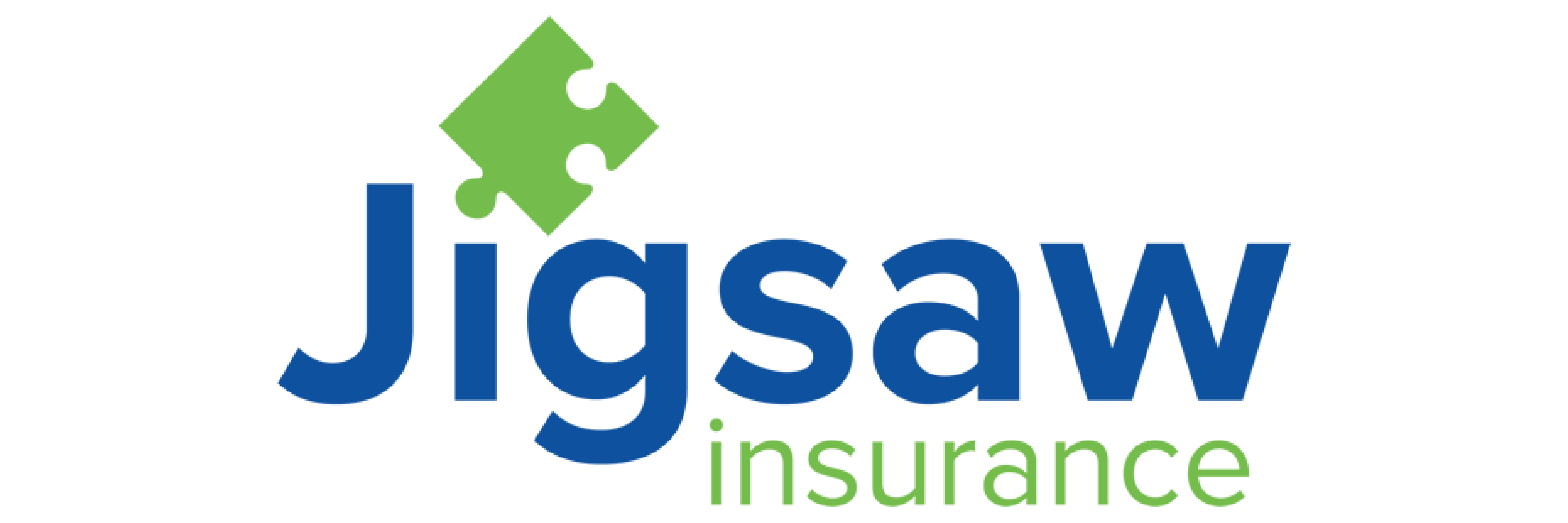






Meet Yarvis, the AI-powered assistant for smart workplaces
What is Yarvis?
Yarvis, the Yarooms AI chatbot currently available on Microsoft Teams and Slack, handles complex workspace reservation tasks and improves scheduling workflows. Think of it as your smart AI-powered office assistant.
How does Yarvis work?
Yarvis leverages generative AI to offer an easy workplace management experience. It can quickly handle multiple reservations, schedule recurrent bookings, locate spaces with specific amenities, find colleagues in the office, and more.
Why use Yarvis?
Yarvis transforms how teams interact with their workspace with the latest Artificial Intelligence innovation. With Yarvis, your employees can talk to the workplace, just like they talk with a friend.
Complete complex workplace tasks in seconds
✔ “Book 6 desks in the New York office for the marketing team every 2nd Wednesday starting today.”
✔ “Find a meeting room for 10 people that's available Monday from 8 to 10 am.”
✔ “Cancel my Desk #2 reservations for Tuesday and Thursday.”
✔ “Find and reserve an electric car parking spot today from 8 to 11 am at HQ and from 2 to 7 pm at the local office.”
Instead of spending time researching, let Yarvis handle it in seconds. It will quickly complete even the most complex workspace booking requests, making your workday more efficient.
Complete complex workplace tasks in seconds
✔ “Book 6 desks in the New York office for the marketing team every 2nd Wednesday starting today.”
✔ “Find a meeting room for 10 people that's available Monday from 8 to 10 am.”
✔ “Cancel my Desk #2 reservations for Tuesday and Thursday.”
✔ “Find and reserve an electric car parking spot today from 8 to 11 am at HQ and from 2 to 7 pm at the local office.”
Instead of spending time researching, let Yarvis handle it in seconds. It will quickly complete even the most complex workspace booking requests, making your workday more efficient.


Upgrade employee experiences with AI
Artificial Intelligence opens up many avenues for organizations to create better employee experiences. By leveraging AI technology and AI virtual assistants in workspace management, you can build a more organized, productive, and time-saving work environment.
Yarvis does this by optimizing the booking process for hot desks, meeting rooms, parking lots, and other office spaces, providing seamless coordination and eliminating scheduling conflicts. With smart recommendations, employees can quickly find the perfect spaces, saving time and avoiding the hassle of manual reservations.
.png?width=1500&height=1000&name=yarvis%20q3%20(1).png)
.png?width=1500&height=1000&name=yarvis%20q3%20(1).png)
Keep pace with workplace innovation
Embracing AI technology is not just about staying current; it's about setting the pace for future success and innovation. In fact, 72% of executives believe AI will become the most significant business advantage in the future.
Letting Yarvis workplace assistant handle your daily booking tasks frees up valuable time for your team to focus on high-impact activities and ensure workspace schedules are spot on. This means faster, smarter, and more efficient work, raising the bar for performance and competitiveness.

.png?width=1920&height=1080&name=yarvis%20q2%20(2).png)
Innovative AI applications in the workplace
AI in the workplace resources
The push for greater efficiency and productivity has made AI assistants appealing to many businesses.
By automating tasks and delivering insights, AI-powered tech helps companies stay ahead of the competition.
We collected a few insightful resources on the topic. Continue your research:
AI chatbots, assistants, and other technologies in the workplace: FAQ
Answering the most popular questions about chatbots, virtual assistants, and other AI powered technology in the workplace.
How AI assistants are being used in the workplace?
AI assistants are used in the workplace across various industries to enhance efficiency, productivity, and decision-making. Here are some key ways AI virtual assistant technology is being utilized:
Automation of Routine Tasks
- Robotic Process Automation (RPA): AI-powered bots handle repetitive tasks such as data entry, invoice processing, and report generation, freeing employees to focus on more complex tasks.
- Customer Service: Chatbots and virtual assistants provide 24/7 support, handling common queries and directing more complex issues to human agents.
- Space Booking: AI-driven systems manage the booking of meeting rooms, workspaces, and other office facilities, optimizing space utilization.
- Finding Colleagues: AI tools assist employees in locating their colleagues within large office spaces or remote work environments, enhancing collaboration and efficiency.
Data Analysis and Insights
- Predictive Analytics: AI analyzes historical data to forecast trends, sales, and customer behavior, aiding strategic planning and decision-making.
- Real-Time Data Monitoring: AI powered systems or virtual assistants monitor real-time data to identify anomalies, trends, and insights, enabling quick responses to emerging issues.
Enhancing Customer Experience
- Personalization: AI algorithms analyze customer data for personalized recommendations, marketing, and services.
- Sentiment Analysis: AI tools and virtual assistants uses natural language processing to assess customer feedback and social media posts to gauge public sentiment and improve products and services.
Human Resources
- Recruitment: AI-driven platforms and AI virtual assistants screen resumes, conduct initial interviews and assess candidates' fit for roles using natural language processing and machine learning.
- Employee Engagement: AI tools analyze employee interactions and feedback to gauge engagement levels, identify areas for improvement, and integrate it into your workflows.
Improving Operations
- Supply Chain Management: An AI virtual assistant can optimize inventory levels, predict demand, and enhance logistics by analyzing vast amounts of data.
- Quality Control: AI-powered image recognition systems inspect products for defects during manufacturing processes.
Healthcare
- Diagnostics: AI algorithms assist in diagnosing diseases by analyzing medical images, lab results, and patient records.
- Patient Management: An AI virtual assistant can manage patient records, schedule appointments, and ensure follow-up care, improving efficiency in healthcare facilities.
Finance
- Fraud Detection: Artificial Intelligence systems analyze transaction patterns to detect and prevent fraudulent activities.
- Risk Management: An AI virtual assistant can evaluate financial risks by analyzing market data, economic indicators, and historical trends.
- Document Review: AI tools review and analyze legal documents, contracts, and case files, speeding up the due diligence process.
- Legal Research: Lawyers can leverage AI assistants in researching case law, statutes, and legal precedents.
Marketing and Sales
- Customer Insights: AI assistants analyzes customer data to identify target segments, optimize marketing campaigns, and predict sales trends.
- Lead Generation: AI tools identify potential leads and automate outreach processes.
Creative Industries
- Content Creation: Smart AI assistants generate content, such as articles, reports, and marketing copy, based on predefined parameters.
- Design Assistance: An AI virtual assistant can aid in graphic design, video editing, and music composition, providing creative suggestions and automating routine tasks or workflows.
What are the names of the AI assistants?
AI assistants come in various forms, each designed to cater to different needs and platforms. Some of the most well-known AI assistants include Siri, developed by Apple, which is integrated into iOS devices for tasks like setting reminders, sending texts, and answering queries. Google Assistant, created by Google, is widely used on Android devices and smart home products, offering capabilities such as managing daily tasks, providing information, and controlling smart home devices. Alexa, from Amazon, powers the Echo devices, allowing users to control smart home systems, play music, and get news updates. Cortana, developed by Microsoft, is integrated into the Windows operating system and is used for productivity tasks like managing calendars and setting reminders. Additionally, Bixby by Samsung is an AI assistant designed to work across Samsung devices, offering features such as voice control and integration with Samsung’s ecosystem. Each AI assistant leverages advanced natural language processing to interact with users and facilitate various tasks.
In addition to well-known AI assistants like Siri, Google Assistant, Alexa, Cortana, and Bixby, specialized AI assistants are tailored to specific workplace needs. One such example is Yarvis, the AI workplace assistant developed by YAROOMS. Yarvis is designed to streamline booking and work scheduling tasks, helping employees manage their time and resources efficiently. It facilitates the scheduling of meetings, booking of workspaces, and coordination of team activities, ensuring a smooth and organized workflow.
Can you use AI as a personal assistant?
Yes, AI can be used as a personal assistant, including in the workplace. AI personal assistants are designed to help individuals manage their daily tasks, organize schedules, set reminders, and even automate routine activities. Popular AI assistants like Siri, Google Assistant, and Alexa interact with users through natural language processing, allowing seamless and intuitive communication. They can handle tasks such as setting calendar events, sending emails or messages, providing weather updates, managing shopping lists, and controlling smart home devices.
In the workplace, YAROOMS' Yarvis is a notable AI personal assistant explicitly tailored for work environments. Yarvis can help employees manage their schedules, book meeting rooms, and coordinate team activities efficiently. By using Yarvis, employees can optimize their time management and ensure smooth workflows, making it an invaluable tool for personal productivity and organization in professional settings. As AI technology advances, these assistants, including Yarvis, are becoming increasingly capable of understanding and responding to complex commands, enhancing their role as indispensable tools in both personal and workplace contexts.
Which is the best AI assistant?
How much does an AI assistant cost?
The cost of AI assistants can vary depending on their type and application. For consumer-grade AI assistants integrated into devices like smartphones, smart speakers, or home systems, the cost is often bundled with the device purchase, typically ranging from $50 to $500, depending on the device.
For subscription-based AI assistants or those integrated into software services, costs can vary from a few dollars per month to several hundred dollars annually, depending on the level of service and additional features offered.
In a business or enterprise context, where AI assistants are customized or tailored for specific workflows and integrated with existing systems, costs can be significantly higher. These could range from a few thousand dollars for basic setups to tens of thousands or more for complex, fully integrated solutions, factoring in development, implementation, and ongoing support.
Overall, the price of an AI assistant reflects the complexity and value it provides to the user.
How is AI used in workforce management?
How does the use of AI in the workplace impact job satisfaction?
A survey by Tech.co found that 59% of senior leadership who use AI within their role claim it has improved their job satisfaction. Indeed, using the best AI in the workplace can multifacetedly impact job satisfaction. On the positive side, AI can streamline workflows by automating mundane and repetitive tasks, allowing employees to focus on more meaningful and creative work, which enhances job satisfaction. Smart AI-driven tools can provide personalized feedback and development opportunities, helping employees grow and succeed. Additionally, AI can improve work-life balance by optimizing schedules and workloads, reducing stress and burnout through natural language interfaces that facilitate easy interaction with these systems.
However, it's important to consider the potential downsides. The introduction of AI can lead to job displacement or fear of obsolescence among employees, which can cause anxiety and job insecurity. If not implemented thoughtfully, AI can also contribute to feelings of dehumanization or a lack of personal interaction, which are crucial for a satisfying workplace environment. Therefore, the overall impact of AI on job satisfaction largely depends on how organizations integrate these smart technologies, address employee concerns, and foster a culture that values human contributions alongside technological advancements.
How can HR use AI?
What is responsible use of AI in the workplace?
Responsible use of AI in the workplace (for example, AI assistants and apps) involves implementing AI technologies in ethical, transparent, and beneficial ways to both employees and the organization. Fundamental principles include:
- Ensuring fairness by addressing and mitigating biases in AI algorithms.
- Maintaining transparency about how AI systems are used and how decisions are made.
- Protecting employee data privacy through robust security measures.













